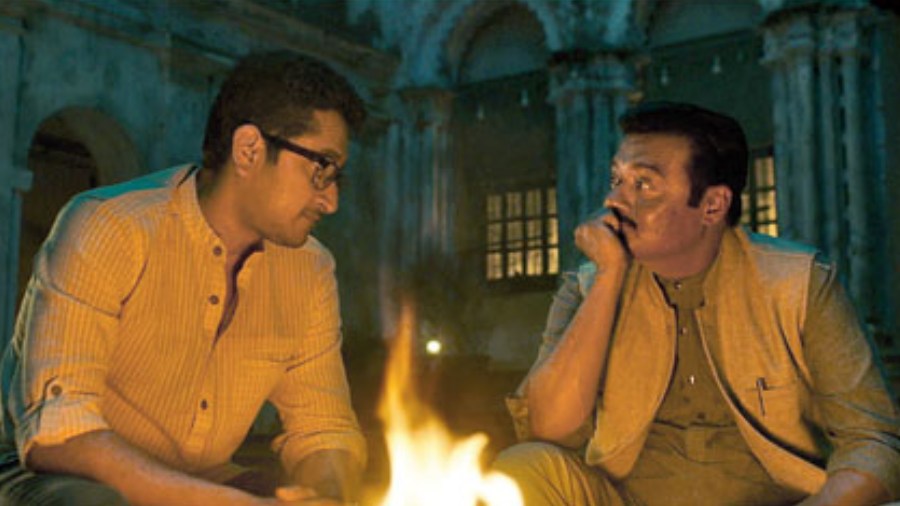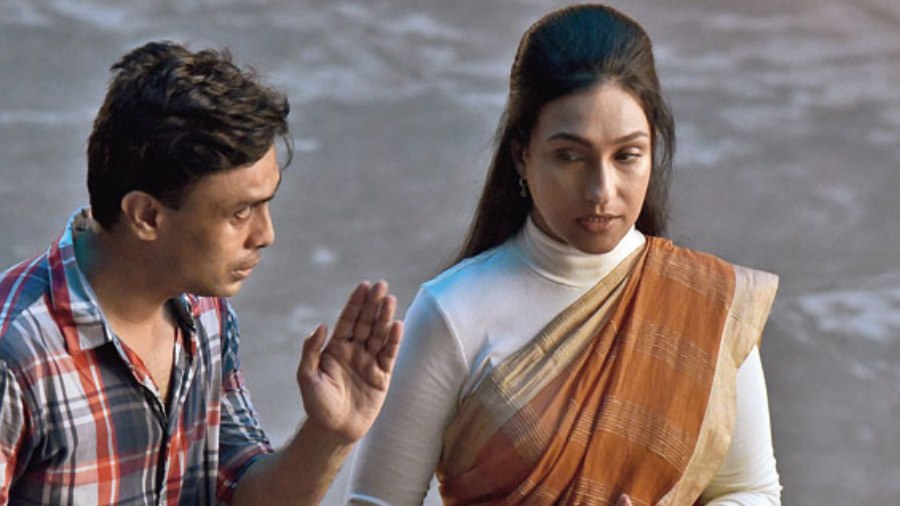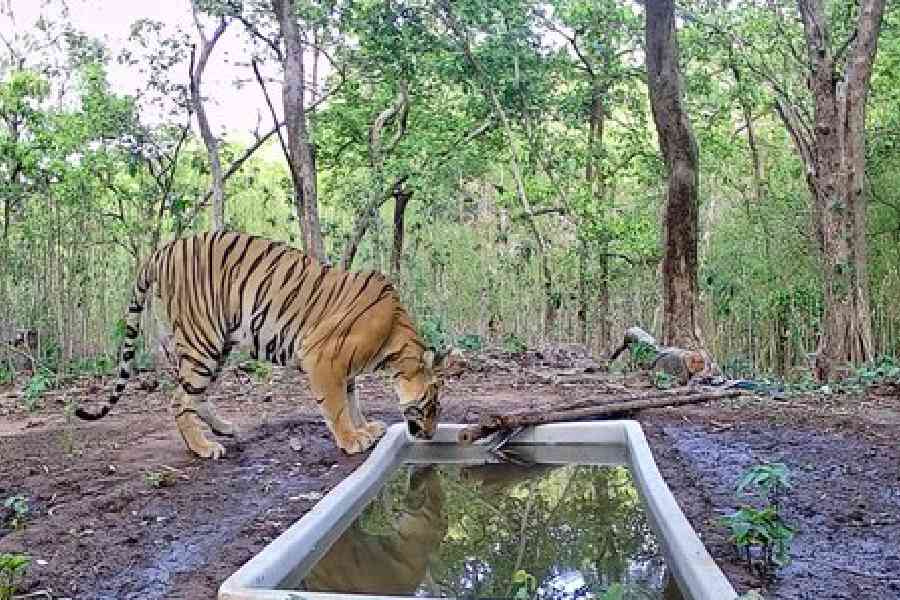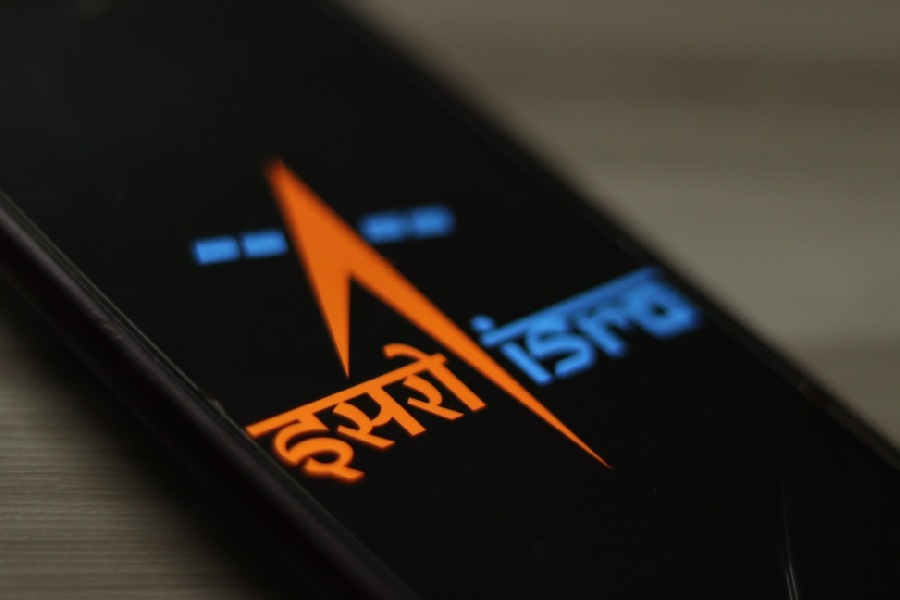The film Mahishasur Marddini, which releases on November 25, is a letter of protest “against the wrongs done to women through the ages”. Directed by Ranjan Ghosh, the film stars Rituparna Sengupta, Saswata Chatterjee, Parambrata Chattopadhyay, Shaheb Bhattacherjee, Poulomi Das and others. The Telegraph chat with Ranjan.
How did you get the idea for Mahishasur Marddini?
The Nirbhaya incident shook the entire nation in 2012. I too was utterly disturbed. As I thought about it more and more, I felt that all this has been happening since time immemorial. Our mythologies would vouch for it. Patriarchy has subjected women to second class treatment. I am an avid newspaper reader, and every day as I turn the pages, various news of violence on women meet my eyes. Violence of all kinds, layered, nuanced. And the perpetrators are not just men but also women. So, all of this has culminated in Mahishasur Marddini.
How did Rituparna, Parambrata and Saswata react when you told them about the story?
Ritudi was the first one who had heard the synopsis. She felt the issue was quite dark, and asked me to write the screenplay and give her a narration. That was way back in 2018, after the Ahaa Re shoot. I narrated the screenplay to her a year later, in 2019. Her face was extremely grave throughout the narration. She did not say ‘yes’ or ‘no’ immediately. She said: “Ranjan, this is a very serious subject. Give me some time to get back to you.” She said ‘yes’ two weeks later, after I had started developing dark circles around my eyes (laughs)! Saswatada, on the other hand, had instantly loved the screenplay on my first narration. His compliment was: “This film will remain as a document of our times for the future generation.” As for Parambrata, after the narration, the very first thing he wanted to know was, how many days was I planning to shoot the film in, and how many days are required of him? I immediately knew he was doing the film!
Tell us about the storyline of Mahishasur Marddini?
It is the night of Durga Panchami. A 10-year-old deaf and mute destitute girl who spends her days and nights at the local Hindu burning ghat and the Muslim graveyard, is chased by two doms working at the burning ghat. She runs to the Muslim graveyard for protection.
The story then shifts to the house of a landlady and her four college-going tenants busy with last-minute Durga Puja festival preparations. Hearing faint wails from their backyard, they rush out to find a seven-day-old female infant dumped outside in a garbage bin. They rescue the baby and look after her. Through the night, they receive a few guests, some expected, some unexpected. The incidents that unfold thereafter reveal the trials and tribulations faced by women all over. The characters too have their moment of catharsis as they realise that a girl-child or a woman in distress is nothing short of humanity in peril.

Parambrata and Saswata
What are you trying to say through the film?
Mahishasur Marddini is a letter of protest against the wrongs done to women through the ages that continue even to this day. It is also a letter of apology to them. For life to continue, for humanity to evolve, the feminine gender needs to be respected. Our society needs to free itself from its age-old patriarchal shackles. A world in which women are not treated as equals to men, will eventually turn into a living hell.
Tell us about the key players. Who do they play in the film?
Rituparna Sengupta plays an Air Force test pilot on her way to become the nation’s first female astronaut. Saswata Chatterjee plays a politician from the ruling party, Parambrata Chattopadhyay plays an election strategist, Sritama Dey plays an economics student in her final year of college... her friends Arunima Halder is a student of microbiology, Abhyuday Dey is a student of Bengali and a charcoal artist, and Aryuun Ghosh is a student of physics who wants to become a commercial pilot. Shaheb Bhattacherjee is an army major posted in Port Blair, and his wife Poulomi Das is a school teacher. Koushik Kar plays a Muslim trader in the local fish-market, while Pawan Kanodia plays an NGO veteran. These are the key players in the film.
How was your experience directing Rituparna, Parambrata and Saswata?
This is my third film with Ritudi, and there is a certain comfort level we have developed. I was looking forward to working with Param and Saswatada for the longest time. Initially I was a little tense about how to handle the trio — after all they are nationally known names. But all my fears were laid to rest on the very first day of their shoot schedule. Very cooperative, understanding, and thoroughbred professionals they are. It was a pleasure to watch the three of them perform.
How do their acting styles differ?
Ritudi asks for a narration and closely follows how the director narrates the script. I write detailed character briefs for all the major characters, for my own understanding as also for them. That also helps.
On set, she goes by her own instincts. Saswatada’s character was a student union leader in his youth (also interested in theatre), and a politician now. He is one of our best actors, and can turn the level up or down, according to the need of the director.
Param is a complete natural who just behaves. His performance is something to watch out for. I must mention here Koushik Kar, Shaheb and Poulomi. They are amazing.
But it is the young group of Sritama-Arunima-Purbasha-Abhyuday-Aryuun that will surely win the hearts of the audience. Param lovingly calls them ‘the mainstay of our film’ (smiles).
Any fun anecdote from the shoot?
The subject was such that everyone would be on their toes. There was no scope for anyone to slip out of his or her character. My crew is always extremely disciplined. Hence the set was a rather solemn space, almost like the sanctum sanctorum of a temple. We used to gather in the centre of the courtyard and discuss the scenes and shots. The dilapidated house, the Thakurdalan, the Durga idol, all the visuals come back to me now like a dream. Those moments had certain purity about them.
The film is releasing this Friday. Do you go through box-office anxiety?
You know, with this film, I have experimented with both form and narrative. We screened at the Bengaluru International Film Festival, at the IHC Theatre Festival. We were invited to Jamia Millia Islamia, and now the School of Arts and Aesthetics, JNU wants to screen it for their students of the Cinema Studies department. All this is great, but I believe in long serpentine queues outside theatres. This film is a montage of moments capturing various facets of our lives, something that the audience will immediately relate to. It is a tribute to our mythologies and to the rich Indian theatre tradition. I want the audience to come watch the film. Box-office anxiety is natural. Keeping my fingers firmly crossed (smiles).











